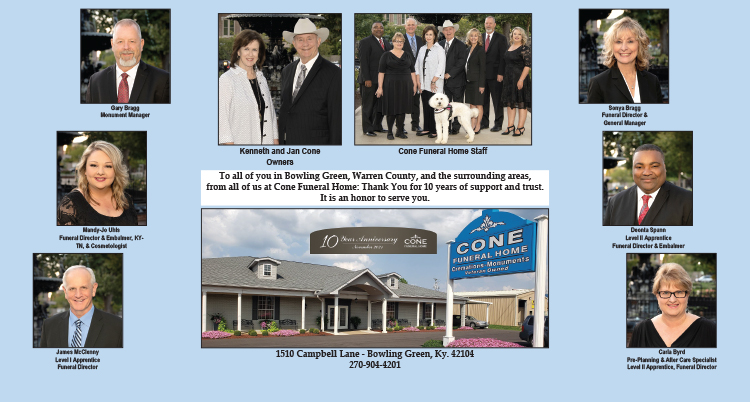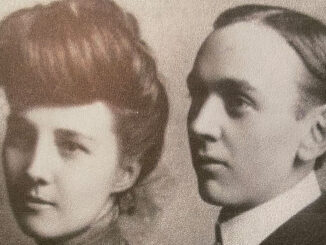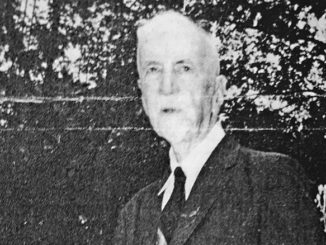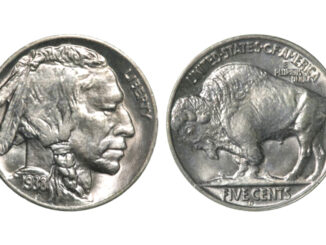
The late 1800s and early1900s saw rapid increase in industrial growth in the new nation of America. Individuals like Rockefeller and his oil achievements, Carnegie’s steel accomplishments, Bell’s phone service initiatives and Edison’s lights lifted our nation into a new area of development. By 1900 America was producing half of the world’s manufacturing and 45% of the nation’s families were above the poverty level.
In South Central Kentucky, the economy was growing consistently but a bit slower than the mid-eastern states. Before the introduction of rail service to the area, local enterprises were continuing to have success with agricultural trade, producing trade furniture, farm tools and especially with building stones, among others. For many individuals in the Bowling Green-Warren County area, struggling to stay above the accepted poverty level was a day-to-day effort. This created a situation where individual young members of a family sought work, like helping to clean up in places such as the lumber industry. Others ran as messenger boys for thriving companies. One task for the very young that appeared in the later 1800s and early 1900s was that of the shoe shine boys, a colorful and popular addition to the culture.
The local economy was on the move. Muddy and dusty roads were disappearing. Professionalism was moving upward and a good appearance became important. Enter the scene the little boys with their box structures sitting outside hotels, main city businesses, stage coach stops and other high traffic locations. At first, their efforts gained only one cent or three cents, a simple, good rub with a soft cloth. As the art developed, liquids or salves were present not just to clean but to shine customer’s leather shoes.
Shoe shine boys became a familiar and delightful addition to the current scenes. Popular songs like the 1930s music of Lester Young, or Red Foley’s Chattanooga Choo Choo, or Louis Armstrong classics, to name a few, became popular. The “Shoe Shine Boy” musical was a hit, as well. It did not take long for the ingenious to expand the simple box to more, and convenient foot rests, seats provided for the customers and later permanent stands for shoe shining became regular daily business.
Most residents in Bowling Green established the age-old habit of cleaning their shoes on Saturdays to be ready for church the next day. Employees of city businesses and individuals visiting the town found a need to “look their best” more often so local individuals came forth to meet those needs. One professional operation was that of Nece Walker’s Bowling Green Shoe Shine Parlor. On moving to this city in the latter half of the 1800s, Nece and her husband, James Walker, were used to the opportunity of shoe shine services in St. Louis. Mrs. Walker decided to return to St. Louis and train under shiner Charles Smith. She was the only woman training under Smith’s famous operation and soon became not only a good worker but well prepared to manage her own establishment back in Bowling Green.
Walker began her shop on Main Street and in one year established a more complete service center at 941 College Street. She wanted others to feel good about themselves by looking their best from head to toe. Local citizens, part-time workers to Bowling Green like the oil and gas workers, and general public members praised her work as the best anyone could obtain. She admitted when black and white two-toned shoes became popular she was challenged. She felt capable to care for all with the collection of different colors of polish and her trusted brushes of horsehair on wooden handles. Her business was so popular, she had several teens working with her to handle on-the-spot service. Most shoes were brought to the shop to be picked up at a later day.
Mrs. Walker was not only a friendly and capable businesswoman, she was an active member of the Baptist church serving as the Sunday School superintendent, a member of the choir and the Circle of Love, served as an usher, was active in the Greeters Group and adults working with the youth. Her contribution to the city in the business world as well as her personal endeavors rank her in Bowling Green’s history as a worthy citizen.
In the early 1900s another individual settled himself in Bowling Green, developed a similar thriving business and became recognized as a notable citizen of ”Park City” (as this town was often referred to in the media). This individual was born in Corinth, Greece – the youngest of six children. In 1911, the then 16-year-old lad embarked on a journey to America. Landing in New York City was a challenge. He spoke no English, knew no one in America, had no money and the only possessions he had were the clothes on his back. This adventurous lad, however, had grit, determination and the name of a stranger whom he had never seen. The youth made his way to Louisville, Kentucky to the gentleman’s home, and here the Greek youngster formally began his life in America.
The kind Louisville citizen helped this new citizen, Gus Kereiakes, enroll in school to enable him to learn English and assisted the youth in finding employment in a restaurant. For the next eleven years Gus Kereiakes worked in Louisville, saved his money and dreamed of owning his own business. He had heard that Bowling Green was a town of great opportunities, so July 14, 1922 he arrived in his new location and immediately established himself in his own enterprise with the money he had saved. This Greek immigrant to Kentucky embarked on a career and life choices making valuable contributions to this city. His business enterprise first began as a pants pressing shop, grew to include hat blocking, pressing of all types, and a bustling, large shoe-shine parlor. His service establishment was located on the square next to the Capitol Theater, a site perfect for meeting and making friends.
Affectionately known as “Gus the Hatter,” Gus Kereiakes came to love this country, to treasure this city, enjoyed his membership in the Elks Lodge and served as a member of the Chamber of Commerce from its first existence. His contribution to the community continued on in his family with his son, Dr. Spero G. Kereiakes, a local dentist and the mayor of Bowling Green from 1972-1976. During his term in office, he helped shape the present city management form of government, combined the water, sewer and electric services and developed plans for public parks (Lampkin Park, Kereiakes Park). Gus’s other son, Dr. James G. Kereiakes, was awarded the Gold Medal Award, the highest honor in radiology, for his contributions in education and research.
Since its beginning, this community has benefitted from the contributions of many new residents. Nece Walker and Gus Kereiakes are two of the finest, to which we express our admiration and thanks.
-by Mary Alice Oliver
About the Author: Mary Alice Oliver is a Bowling Green native who is a 1950 graduate of Bowling Green High School. She retired from Warren County Schools after 40 years in education. Visiting familiar sites, researching historical records and sharing memories with friends are her passions.







